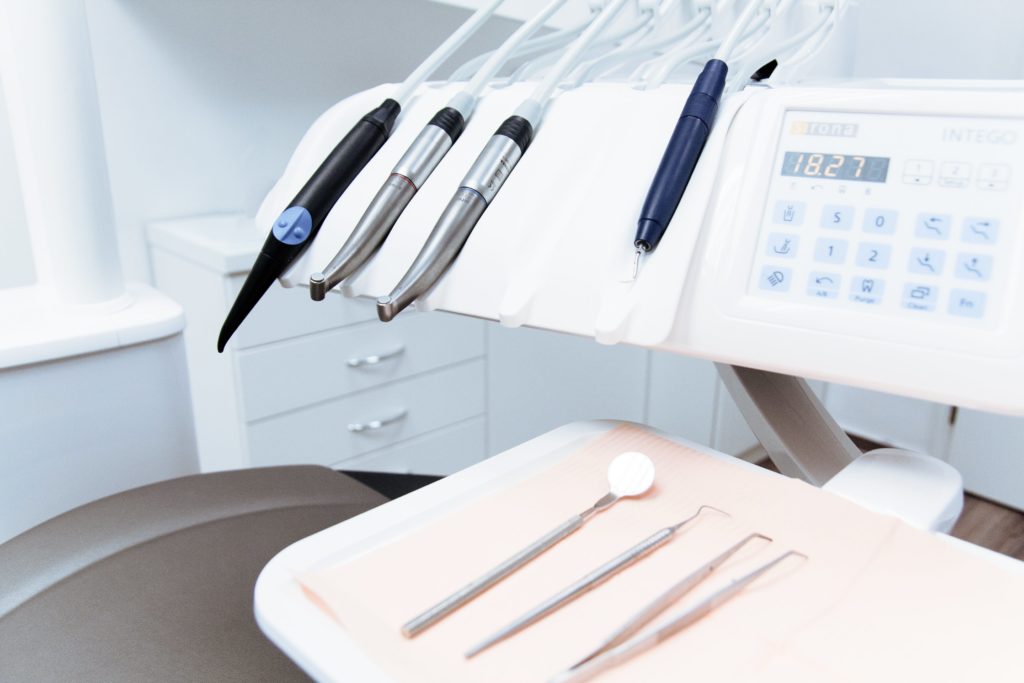
Most people know that they should visit the dentist often. In fact, 85% of Americans believe that oral health is important to their overall health. But is there a discrepancy between how often people think they should be going to the dentist and how often they actually do?
Either way, many people don’t feel they are going to the dentist as much as they would like to (42%), to be exact. In comparison, only 29% feel they aren’t going to their primary doctor enough, 23% feel they aren’t going to their dermatologist enough, and 17% don’t feel they’re going to their ophthalmologist enough. And only 15% of people rate their oral health as excellent. Getting regular dental treatment (preventative or restorative) would surely help.
So, how often should you go to the dentist?
The truth is that the number depends on each individual person. The American Dental Association’s guidelines are that you should visit the dentist “regularly.” Not very specific.
A more specific answer that many dentists give is that most people should visit the dentist every six months for dental cleanings, which is a preventative treatment. However, there are some people who should be visiting the dentist more often than this six-month recommendation.
Other factors that influence when you should go to the dentist
While you should talk to a dental professional if you have questions about how often you (not anyone else) should go to the dentist, there are some factors that affect how often you should see the dentist.
- If you drink or smoke: Some studies have shown that people who drink alcohol have permanent tooth loss at three times higher rates than the average in the U.S. There is also a link between oral diseases and tobacco use.
- If you have gum disease or a history of gum disease
- If you have a weakened immune system
- If you have family members with a history of cavities
- If you have certain illnesses
Why you should visit dentist
Visiting a dentist is an important part of maintaining good oral health. While a good at-home routine can help prevent serious dental issues, that’s only one piece of the puzzle. There are some bases you aren’t able to cover at home.
For example, at your dental cleaning, your dental hygienist will remove the plaque that has hardened over time, called tartar. Tartar removal requires professional assistance and can’t be removed with just your at-home toothbrush. Not only will dental cleanings help remove bacteria that you missed in your at-home routine, but they can also help reduce the risk of serious oral health issues and even save you money over time (since preventative treatments are far less expensive than restorative treatments).
Dental cleanings vs Dental treatment
Dental cleanings are a preventative treatment. They often include a dental checkup that consists of an examination by both your dental hygienist and dentist. On the other hand, dental treatment is when there is an issue that needs to be addressed. Some dental treatments include fillings, root canals, tooth removal, bridges, crowns, onlays, and more. Remember that keeping up with your dental cleanings and at-home dental care reduces the chances of needing dental treatment.
How much does a teeth cleaning cost?
The cost of a teeth cleaning without insurance depends on your dentist (call us for a quote!). However, if you have dental insurance, cleanings are often 100% covered, although it may require a copay (typically between $25 to $50).
How should you care for your teeth in between cleanings?
In order to maintain good oral health, it’s important that you take care of your teeth between cleanings. There are many steps you can take to maintain a healthy mouth. This starts with brushing twice a day and flossing once a day. And there is a “right” technique when doing this.
- Brush your teeth on all sides with a soft-bristle brush.
- Use circular motions
- Use back-and-forth strokes
- Brush gently along your gum line
- Don’t miss your tongue!
- Between your teeth, use floss to remove plaque that your toothbrush can’t reach.
- Rinse after flossing.
Other important parts of your at-home dental care include:
- Replacing your toothbrush every three to four months
- Using fluoride toothpaste, as fluoride has been found to protect your enamel from decay
- Eating a well-balanced diet and avoiding sugary foods
- Quitting smoking
Visit Dr. Ruiz & Associates, Inc in Burbank, CA
If you’re in need of a dental appointment to address issues you’re having or teeth cleaning, come visit our dentist office in Burbank, CA. Dr. Ruiz is a renowned dentist, educator, and researcher who is known as a pioneer in supra-gingival minimally invasive dentistry, or “above the gums dentistry.” This is a healthier form of dentistry that protects soft oral tissues and produces long-lasting, beautiful results. And all of our staff are trained in these techniques.
Check out our Google reviews and call our office to make an appointment!




